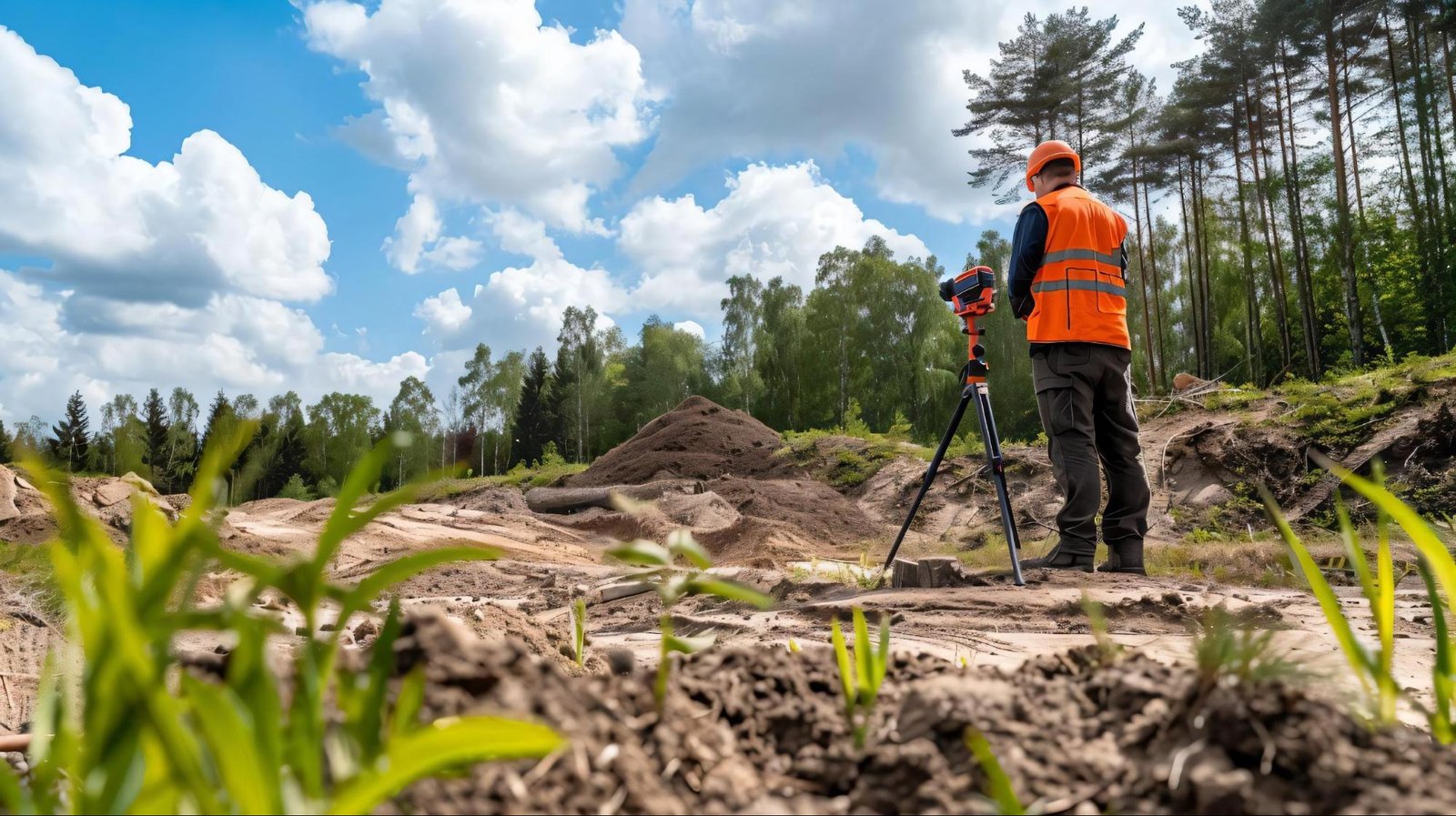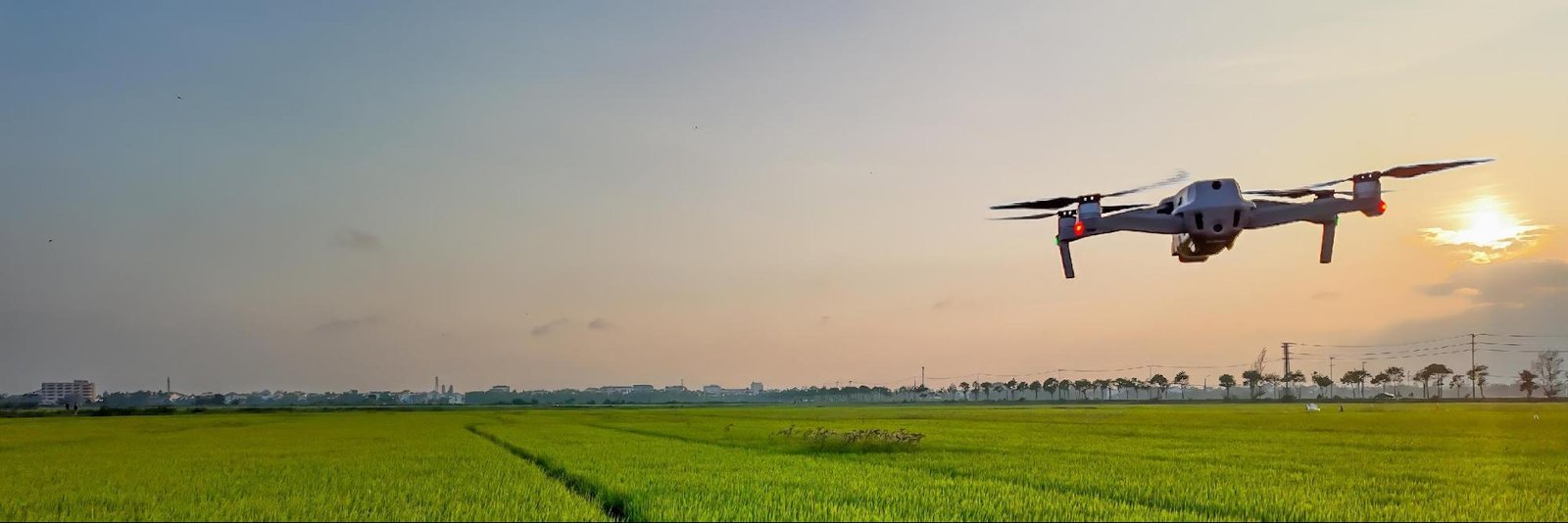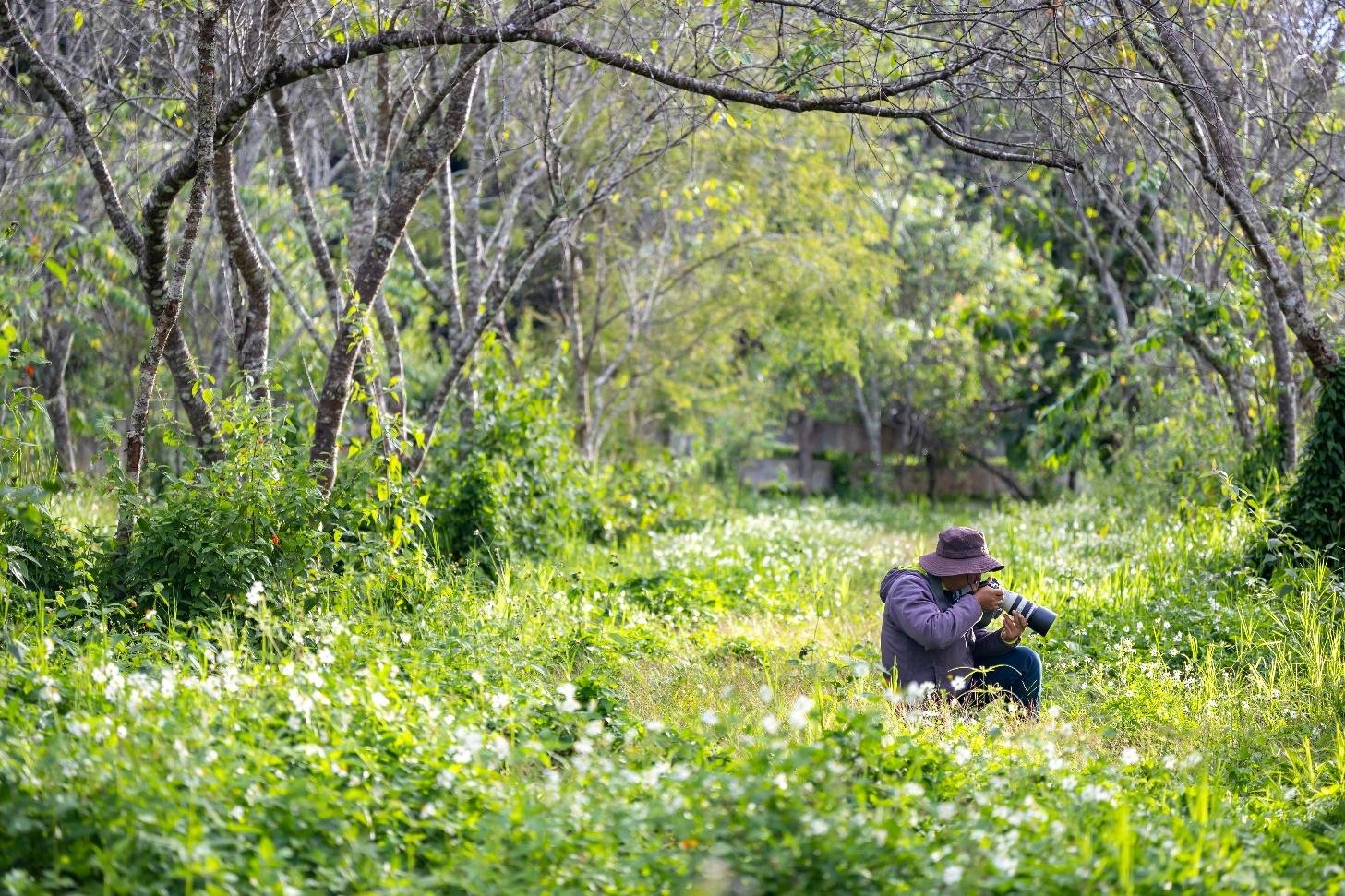
Biodiversity Net Gain, or “BNG”, aims to balance two important things: the basic need for agriculture and the equally essential need to protect natural ecosystems.
It’s an effort to restore biodiversity, which brings many benefits and few drawbacks. Farmers and landowners can help bring back healthy ecosystems and get more reliable and diverse crops if they use sustainable farming methods that boost biodiversity.
The Prospect of Biodiversity Net Gain for Landowners
The government’s new biodiversity net gain policy is here and it’s a big chance to use nature recovery as a new income source. Their main goal is to work with farmers and landowners to achieve the local nature recovery targets that English councils have set.
However, how can people who use BNG guarantee that they don’t end up with a really expensive bad investment or a broken source of income? That’s the big question.
Especially because, without a reliable supply of biodiversity credits for the next 30 years, they can’t be sure that restoring nature will actually make them money.
Our network of Habitat Banks give exact biodiversity units that fit the special needs of its clients in the development industry. This means that developers using the a Habitat Bank’s Biodiversity Units will get the biodiversity improvements they are supposed to have. Also, these projects are safe from “greenwashing”, which is when developers claim fake biodiversity credits.
Over 30 years, the Habitat Banks we have worked with have paid landowners more than £27,000 every hectare, which includes annual increases. This gives the landowners a steady, secure income. The Habitat Bank pays for everything needed to set up biodiversity net-gain projects which cover creation and management costs. This includes paying people who manage the projects. Sometimes, it even includes legal costs, when necessary.
A Habitat Bank is always there for landowners and helps them with every part of their land management journey because they have a committed and skilled team of legal, land, planning, and ecology experts who give the landowners specialised guidance. This teamwork helps farmers and landowners improve the long-term value of their landscape, not just in farming terms but also in how they benefit the environment and ecosystems.
Also, a Habitat Bank makes management plans that fit landowners’ needs and the money they have. This means the plans are flexible and fit what the landowners do and they can keep any extra benefits they get now such as cattle grazing, carbon credits, etc.
A landowner from Greater Manchester who is creating a 49-hectare Habitat Bank on his land, shared his perspective: “There are lots of good reasons to set up a Habitat Bank on our farm. This model will give us a steady income for at least 30 years, which is really nice and almost doesn’t happen in farming. Also, we won’t have to learn about all the parts of the biodiversity net gain scheme ourselves. Basically, they help us monetize our land while the farm becomes a better place for more wildlife.”
The Prospect of Biodiversity Net Gain for Developers
The biodiversity net gain policy is now compulsory for large development sites as well as small development sites.
The Biodiversity Net Gain (BNG) policy aims to guarantee that development schemes leave biodiversity in a much better state than before, so there are several factors to focus on to make sure your delivery method of BNG secures planning permission and also results in a net positive impact on biodiversity. Among these are:
- The subtleties of BNG delivery, whether on-site or off-site
- The advantages of biodiversity units located away from the primary site
- The maximisation of developmental advantages calls for a bespoke method.
Identifying a reliable supplier of biodiversity units to assist developers during the planning stage and the three-decade obligatory delivery timeframe.
For developers, these particulars will serve as a worthy resource for attainable, dependable, and high-calibre BNG solutions that confer benefits on local communities and even leave a positive mark on the environment throughout and beyond the lifespan of their development.
Risks of On-Site Delivery
The mitigation hierarchy set by DEFRA says that development must not lead to biodiversity loss in the first place, and, if there is some inevitable on-site biodiversity loss as a result of development, then this must be made good in addition to the 10% net gain requirement. Development must work at achieving a win-win outcome for wildlife and human activity.
Delivery of all project mitigation on-site is desirable, but it is rarely economically attainable nor achievable. Full off-site delivery, on the other hand, is not beneficial either as the places in which people actually live need to be environmentally-friendly as well.
A site will be bound to deliver biodiversity net gain (BNG) for 30 years by either a Section 106 agreement or a conservation covenant. According to the Environment Act 2021, biodiversity net gain (BNG) must be delivered for this amount of time. The Act states that any future changes to the developable areas must be BNG-inclusive. Any serious disturbance to vegetation or habitats could infringe planning permission for 30 years, so it is in the developer’s best interest to consider this very carefully when planning any domestic, commercial, or industrial activity that could affect a vital habitat.
The Millennium Ecosystem Assessment and Natural Capital Committee have shown that placing biodiversity net gain within the development often directly disadvantages local communities. They lose access to spaces they might have used and enjoyed before the development was constructed.
Benefits of Off-Site Delivery
An off-site delivery strategy can be a good move for developers looking to address a variety of factors. There are strong arguments for it being a good choice from an ecological perspective because it can accomplish a lot more in terms of biodiversity uplift.
Biodiversity units can be bought by developers to ensure compliance with Biodiversity Net Gain. These units are generated in purpose-built habitats that boost biodiversity on project sites.
Providing BNG Off-Site makes your Building Project Viable
Rather than only using the land for biodiversity, your property development needs to also make use of recreational assets, like sports pitches, garden features, and playgrounds. You can achieve this by allocating some of the spending on off-site delivery rather than investing entirely in on-site biodiversity.
This delivery option allows residents to experience the on-site green spaces at their leisure, without developers having to fret that dog walkers might trample sensitive habitats or that house cats might be a danger to local wildlife.

Image: drone over field with sun in the background.
Choosing high-integrity Biodiversity Units for Off-Site Mitigatio
An off-site mitigation program must be certain in cost and delivery to be truly reliable. The selection and procurement of high-quality biodiversity units are crucial to ensuring nature—and your project—will be secure both ecologically and financially.
A quality unit is crafted with strategic significance in mind. This means it’s raised in habitats of the right size, condition, and ecological importance. Nature recovery can be customised for specific areas by working closely and collaboratively with local communities, landowners, local planning authorities, Local Nature Partnerships (LNPs), and other important stakeholders so that off-site nature recovery is aligned with specific needs and priorities.
Off-site delivery will give meaningful increases in the number and quality of habitats across ecological networks that connect areas of significance on a large scale. To achieve that, off-site BNG must work with the principles of effective ecological networks—making them bigger, better, and more connected.
Delivering off-site BNG with high integrity can also revitalise an ecosystem and the services derived from it. These services will result in cleaner water, much more effective capture and storage of carbon, better control over the abundance and variety of species, and healthy soil for farming.
Creating a customized approach
Developers can investigate ways to combine off-site and on-site options in a manner that is cost-effective and environmentally beneficial.
Choosing to offset at already-disturbed areas of habitat can have a particularly impressive effect when combined with conserving areas of high-distinctiveness habitat.
When a developer wants planning permission, they should consult an expert ecologist.
It is a requirement that 10% BNG uplift is achieved and any loss of biodiversity is counterbalanced, either on the site or elsewhere. This is why it is recommended to procure biodiversity units when on-site mitigation is not attainable. A reliable provider of biodiversity units from a Habitat Bank with qualified ecologists via us can work with you to develop a site-specific strategy.

Image: photographer in the field sitting down.
Finding a Trusted Provider of Biodiversity Units
Off-site biodiversity units are a wise choice for development projects owing to the rich benefits they deliver to developers, ecosystems, and communities. The important thing to remember is to tell apart the credible providers (Habitat Banks) that can be relied upon to design and deliver a biodiversity gain plan for the entire 30-year term and those that can not. So, when working with a trusted provider, it’s easier to meet the tough planning requirements laid down by stringent councils.
The team of expert ecologists on our panel is helping create habitats to the highest possible standard and providing access to biodiversity units throughout the country. Our network of Habitat Banks have secured the funding necessary to make sure that biodiversity is delivered urgently whilst taking full responsibility for delivering biodiversity net gain (BNG), and that includes delivering habitat management and monitoring as well as reporting the results.
We have devised an easy and simple solution to the problem of BNG delivery. Our development strategy is one that planning officers will accept, and the surveyors offer baseline surveys, BNG statements, and biodiversity gain plans as support for that strategy.
The experts assist land and planning directors, along with their consultants, at the start of the planning process. This support helps make sure that the planning process do not become roadblocks for you as a developer.
Delivering the Best Results for your Development and the Natural Landscape
We have over a hundred active Habitat Banks in our network across a diverse range of Local Planning Authority areas, amounting to hundreds of hectares.
Sites that have been developed have won awards and create genuine and high-integrity biodiversity units. These sites are also securing planning permission for developers all across the country.
Habitat Banks have legal structures to guarantee that all the responsibility for delivering biodiversity net gains rests with them. The surveyors are also confident in making sure that required biodiversity net gains are met so development schemes can comply with BNG.
Funding for the Habitat Banks comes from sustainable investments, which means that for the lifetime of the banks, they will have money to pay for all the things that need to get done to secure the habitats they are managing. This translates to paying for all the work that needs to be done to re-secure the habitats, including the legal and administrative work that goes into managing those habitats—and all that work is overseen by trained professionals.
Our panel assists developers to make certain that your BNG solution gives maximum rewards for nature and secures project viability. To learn about the cost and availability of biodiversity units for your development projects, please fill out our unit request form.


